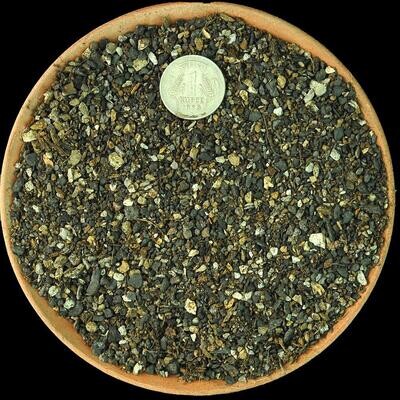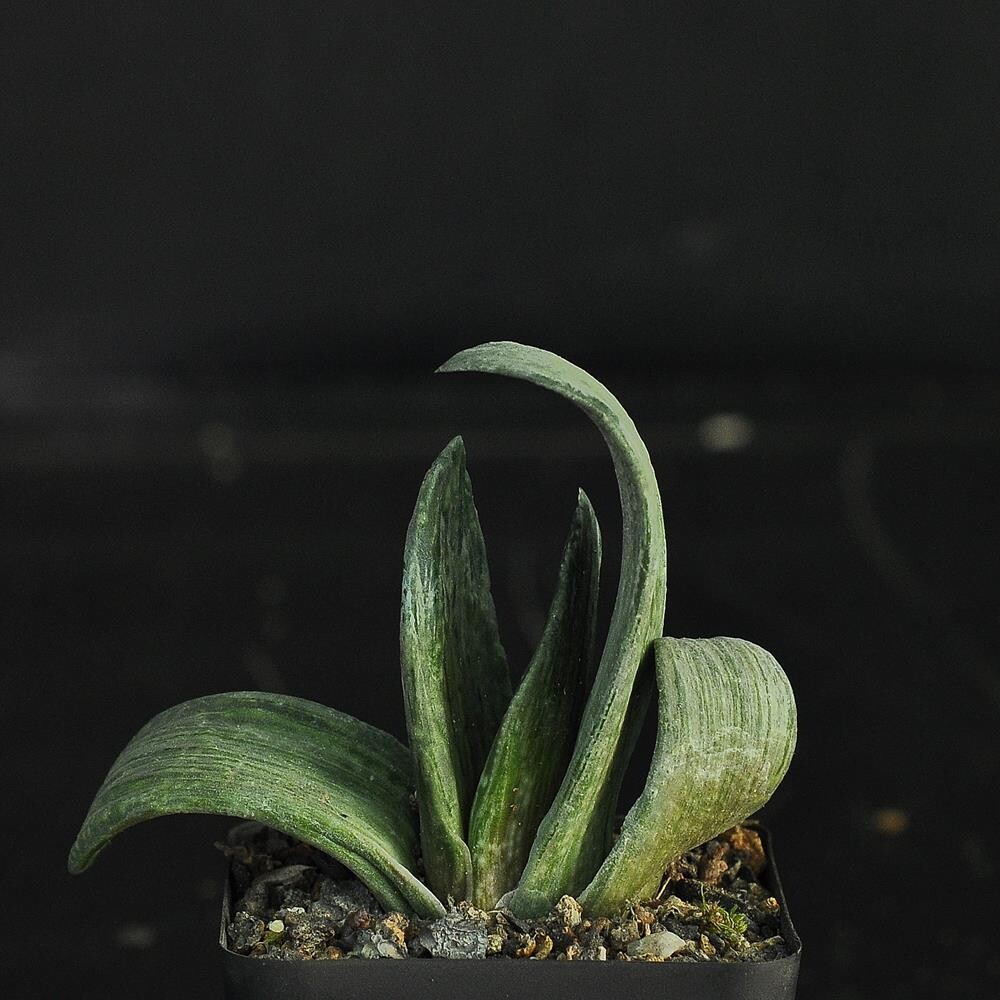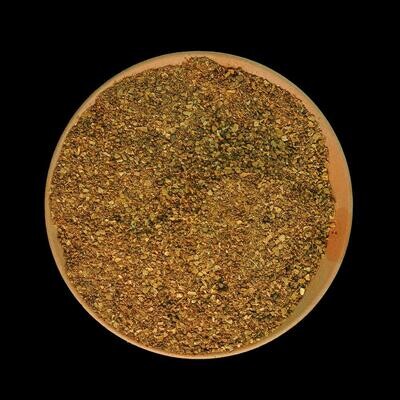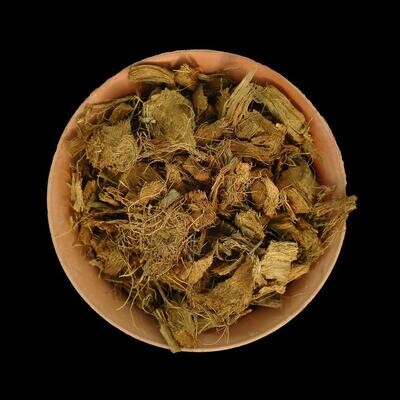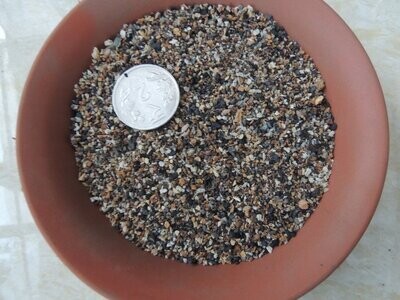Please check the Shipping Updates Page for information on shipping.
Gasteria maculata cv. Little Warty (Gasteria cv. Little Warty)
Origin of Name
Gasteria maculata cv. 'Little Warty' is a cultivated variety of Gasteria maculata. The genus name 'Gasteria' is derived from the Latin word 'gaster', meaning stomach, referring to the shape of the flowers, which resemble a stomach. The cultivar name 'Little Warty' describes the small wart-like bumps or tubercles on the leaves, a distinctive characteristic of this variety.
Technical Description of Plant
Gasteria 'Little Warty' is a small, slow-growing succulent, forming rosettes that can reach up to 3-6 inches in height and spread. The leaves are thick, fleshy, and tongue-shaped, arranged in a distichous manner (in two vertical columns). They are a deep green with a rough, bumpy texture and are marked with white spots or 'warts', which give this plant its name. The leaves may also show slight variegation or a mottled pattern. Gasteria 'Little Warty' rarely flowers in cultivation, but when it does, it produces small, tubular flowers on long, slender stems.
Origin of Plant
Gasteria maculata is native to South Africa, where it grows in shaded, rocky areas. The 'Little Warty' cultivar has been selectively bred for its unique leaf texture and compact size, making it popular among succulent enthusiasts.
Conservation Status
As a cultivated variety, Gasteria maculata cv. 'Little Warty' does not have a specific conservation status. However, the cultivation of such varieties helps reduce the pressure on wild populations of Gasteria species.
Care Instructions
Gasteria 'Little Warty' is an easy-to-care-for plant, ideal for beginners. It prefers bright, indirect light but can tolerate lower light conditions. Direct, harsh sunlight should be avoided as it can scorch the leaves. Use well-draining soil, and water moderately, allowing the soil to dry out completely between waterings. In winter, reduce watering to prevent root rot. This plant is not frost-tolerant and should be kept in a temperate environment. Fertilization is not essential but can be done sparingly during the growing season with a diluted succulent fertilizer.
